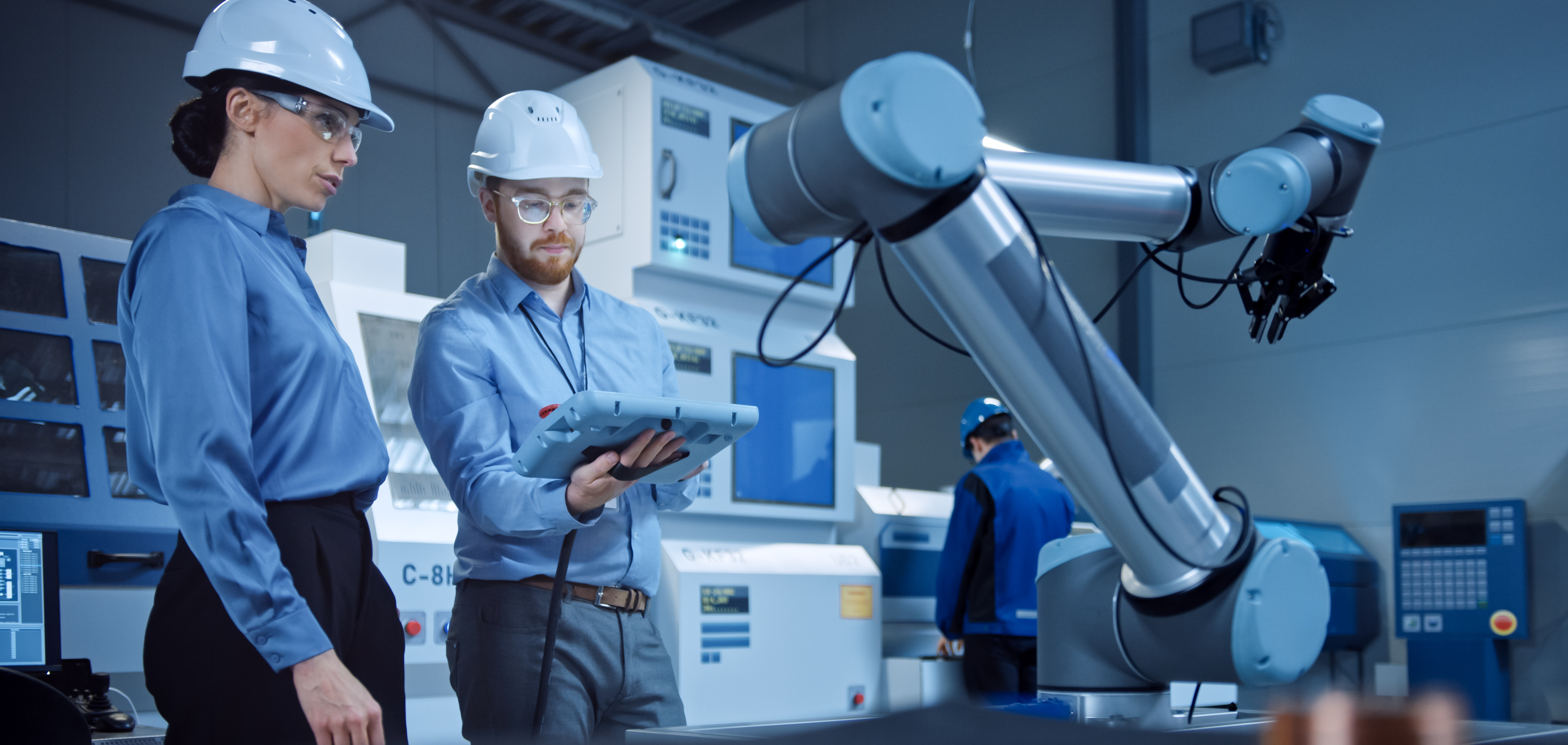Data Is the Driving Force of Innovation – Here's How to Secure It

Technology has long been critical to the success of enterprise business strategy. But today, the two have become inseparable. In a world where customers and employees expect seamless, secure digital interactions at every touchpoint, IT is not only critical to strategy, but also often taking the lead. And with digital innovation now a driving force throughout the enterprise, the demands on the CIO are greater than ever.
“Most business strategy decisions now and in the future will involve digital transformation or a technology component, and CIOs are critical to the success of that strategy,” said Purazar Gowadia, GM, Enterprise Solutions, Comcast Business. “Therefore, the IT department is no longer seen as an expense item on a balance sheet but is viewed as a strategic partner and key member of the decision-making committee.”
While the C-Suite is prioritizing technology, they may not fully grasp the risks associated with rapid innovation. As any CIO will tell you, new tech tools and capabilities can create potential threats if they aren’t backed by a robust, secure network. As they oversee rapid implementation of all manner of new technologies, CIOs must stay vigilant to limit the exposure of company, employee, or customer data to cyberthreats.
Processing data at the edge
The evolution of edge computing is one area CIOs are paying particular attention. With customers increasingly expecting digital interactions that are quick and seamless, companies of every kind are finding that the decentralized nature of edge computing can speed up interactions while reducing latency. With edge computing, data is processed closer to the point of input, minimizing the lag in response time that may occur when data needs to travel to a data center to be processed. This enables applications far removed from the enterprise data center to more rapidly respond to user input, even when complex processing is required. Cashier-free stores, cloud gaming, self-driving cars and smart homes all depend on the agility of edge computing to operate optimally.
Robotics, in particular, are becoming a viable option across industries thanks to the power of edge computing. In warehouses around the world, robotics are being deployed to quickly locate and pack items. AR applications, too—ranging from field technicians performing maintenance to nascent remote healthcare capabilities such as interpreting diagnostics or even surgery—depend on the ability to process data at the edge of the network.
But processing data at the edge comes with significant risk. Whereas data would normally live in one or two centralized locations that can be surrounded by robust network firewalls, edge computing spreads it out across a vast network of locations and devices. And with an expanded surface area comes increased exposure to threats and much greater difficulty to secure.
“When you are working with one or two data centers or the cloud, applications can be segmented and protected more easily,” said Amit Verma, VP of Solutions and Technology at Comcast Business. “But if you’ve got sensitive data residing in 2,000 warehouses, that’s a major security challenge. You have to implement security policies at the edge or near edge, which is a much bigger challenge for the organization.”
AI requires a powerful network
It’s not just the location of the data, but the expanding volume of it that poses a challenge for CIOs. AI is increasingly used for a wide variety of use cases, from handling customer service to predictive maintenance and marketing analysis. And where there’s AI, there’s data, which is putting unprecedented demand on enterprise networks.
“What's the use of generating all that data if it isn’t actionable?” said Gowadia. “You need a lot of bandwidth to support it. You need a reliable network. You need a scalable network.” And there’s no reason to believe these increased network demands will subside anytime soon. “All the years I've been in the business, I've never spoken to a customer who says, ‘We need less bandwidth today.’”
Faced with so many demands on their IT teams, many enterprise companies are turning to hyper automation, which uses AI and ML to automate complex processes that would otherwise require human oversight, and autonomic computing, which dynamically modifies its own algorithms to meet changing requirements. Such systems can help manage the ever-shifting demands of customer service and pricing, for example, by constantly adjusting to changing conditions.
Aggregating IoT data
But perhaps no in-demand digital innovation is putting more strain on IT teams than IoT. Because IoT devices tend to work as parts of a system, like supply chain or fleet management, the data they collect needs to be analyzed as a whole. Unfortunately, an IoT system can be made up of dozens or even hundreds of different endpoints, complicating attempts to aggregate or analyze their data collectively.
“Every IOT sensor and equipment manufacturer uses a different protocol, so the challenge is how do you aggregate all that data?” said Verma. “A network provider who can bring a cohesive network strategy to collect all that data is very important.”
As the pace of digital innovation continues to increase, so will the demands on CIOs and their teams. The C-Suite may be giving unprecedented priority to adopting innovative technologies, but it’s still up to CIOs and their teams to understand the security and network demands those technologies create and implement the right solutions.
Now more than ever, it is essential that CIOs work with a network services provider that understands their business and its unique needs. If tech teams are going to focus on adopting the technology innovations that drive the business growth of tomorrow, they’ll need a fast, flexible, and reliable network to power it all. And with data at the core of digital innovation, securing that data as it traverses networks will be top of mind for every CIO.
Learn more about secure network solutions from Comcast Business.
The CIO's challenge: drive digital innovation while keeping the enterprise secure.
Locked Content
Click on the button below to get access
Unlock NowOr sign in to access all content on Comcast Business Community
Learn how Comcast Business can help
keep you ready for what's next.










